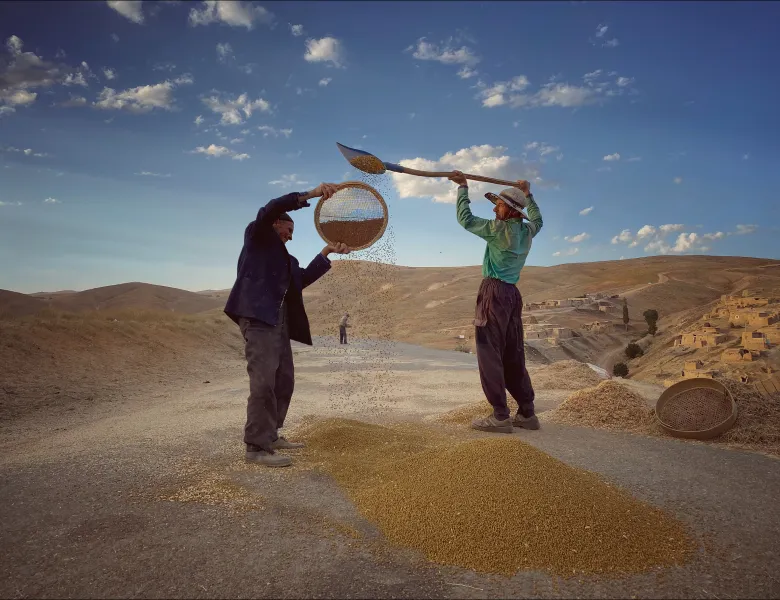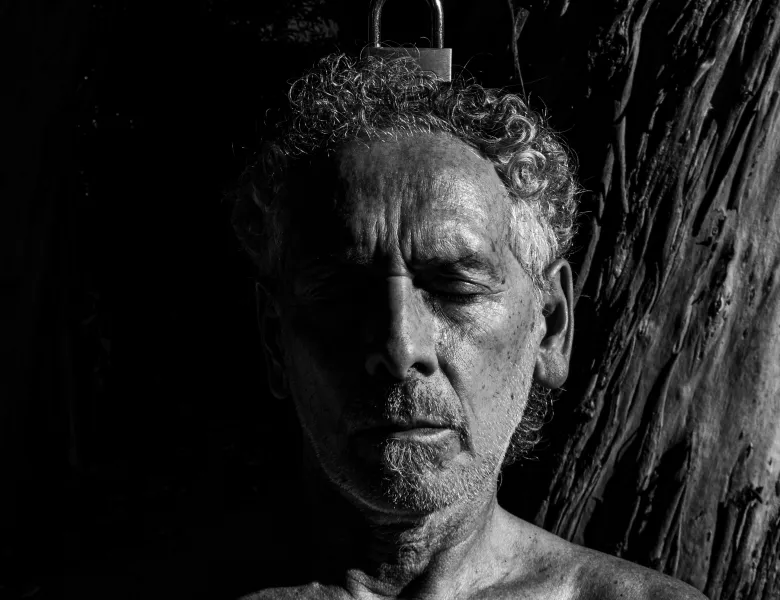Under review: Ângela Ferreira
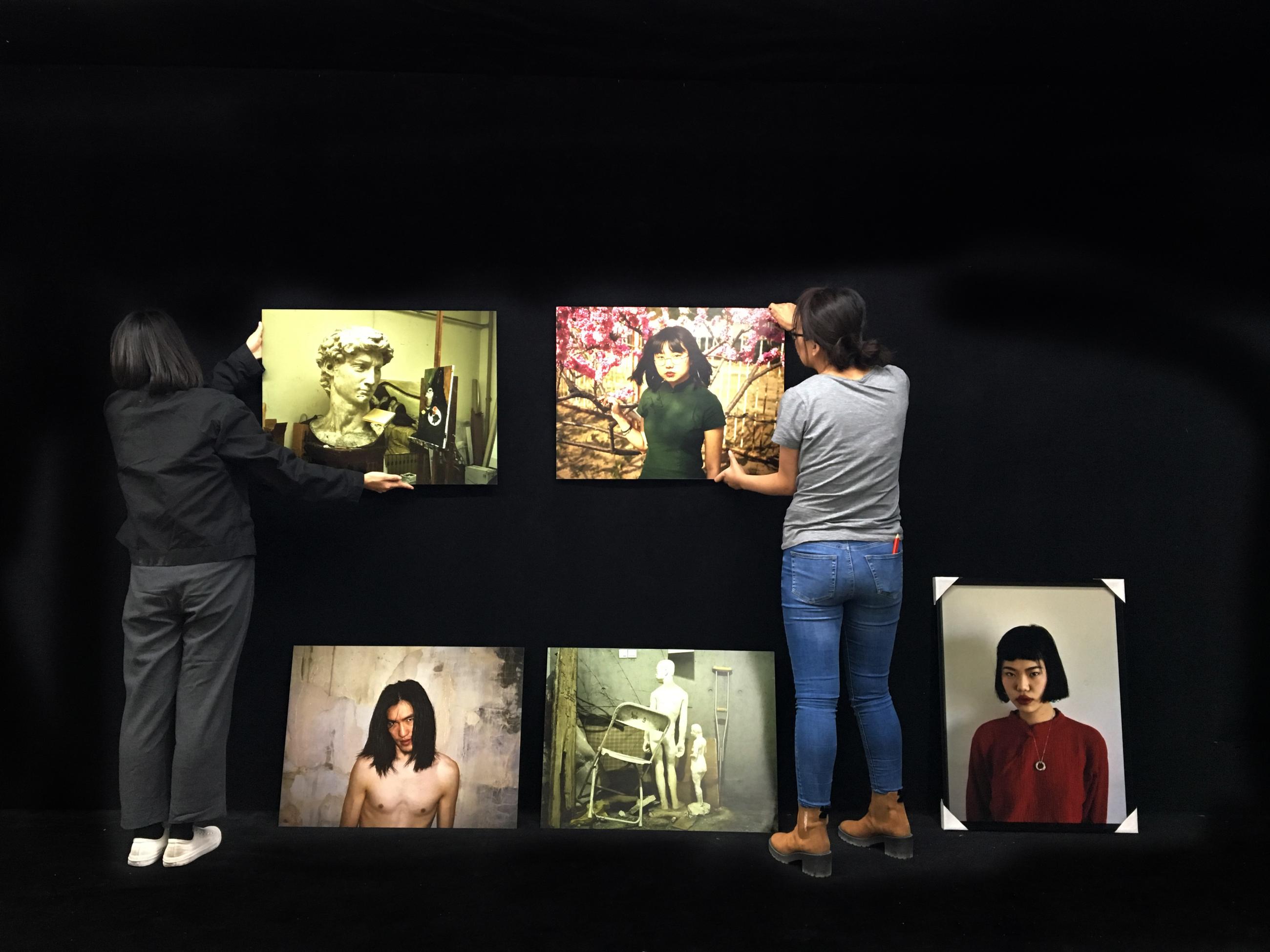
Next up in our fortnightly series is Professional judge ngela Ferreira. A Portuguese artist, independent photography curator and researcher at Escola de Belas Artes Universidade Federal do Rio de Janeiro Brazil, ngela's focus is on developing studies on contemporary visual practices that problematize the hybrid forms of photography.
You’ve dedicated your academic research to developing studies on contemporary visual practices that ‘problematize the hybrid forms of photography’. Can you tell us more? Why is this such a relevant and important topic today?
Photography today faces a necessary interdisciplinary approach. The territories of artistic creation are heterodox, with borders that are increasingly flexible between disciplines.
We don't know what will happen next and what the third millennium will bring, but we know for sure the 20th century will have had an impact. Today we are all connected to the Internet and social networks, where a notion emerges that shapes the visual culture of our societies.
It is precisely when today's visual artists appropriate this multiplicity of images that the Internet generates their discourse and narration, becoming active agents for the exercise of an aesthetic reflection. As a curator, artist and researcher, I have been researching different subjects in a rich transit of possibilities that lead to the experimentation of new imaginary, in the sense of symbolically reconstructing our existence.
What has been the most effective piece of photographic work you’ve seen that’s been created in the past year?
For the last 12 months I have been testifying the awakening and emergence of new artists and narratives that historically many processes have tried to silence. A collection of artists have presented a diverse range of artistic responses to complex, shared realities, influenced by colonial and modern histories, repressive governments, economic crisis, and social inequality, as well as by concurrent economic prosperity, development, and progress. Works by Berna Reale, Joana Choumali, Yassmin Forte, Paula Sampaio, Ioana Sakellaraki, Natalia Kepesz, Délio Jasse, Sofia Yala Rodrigues, Rosângela Rennó, Shinji Nagabe, Mario Macilau, amongst others, have captured my attention by shaping the present and redirecting the future.
You have given lectures on photography around the world, particularly Brazil, Uruguay and Colombia. What is the photographic community like in Latin America and how do you think competition like the Sony World Photography Awards benefit the industry?
Initiatives like the Sony World Photography Awards bring new attention to hidden issues, encouraging photographers to present their voices. The Sony World Photography Awards is a place to discover and support talented artists and encourage them to explore the language of photography, expand their views, and contribute to the development of photography, by bringing the influence and prominence of contemporary photography to another level in the global art industry.
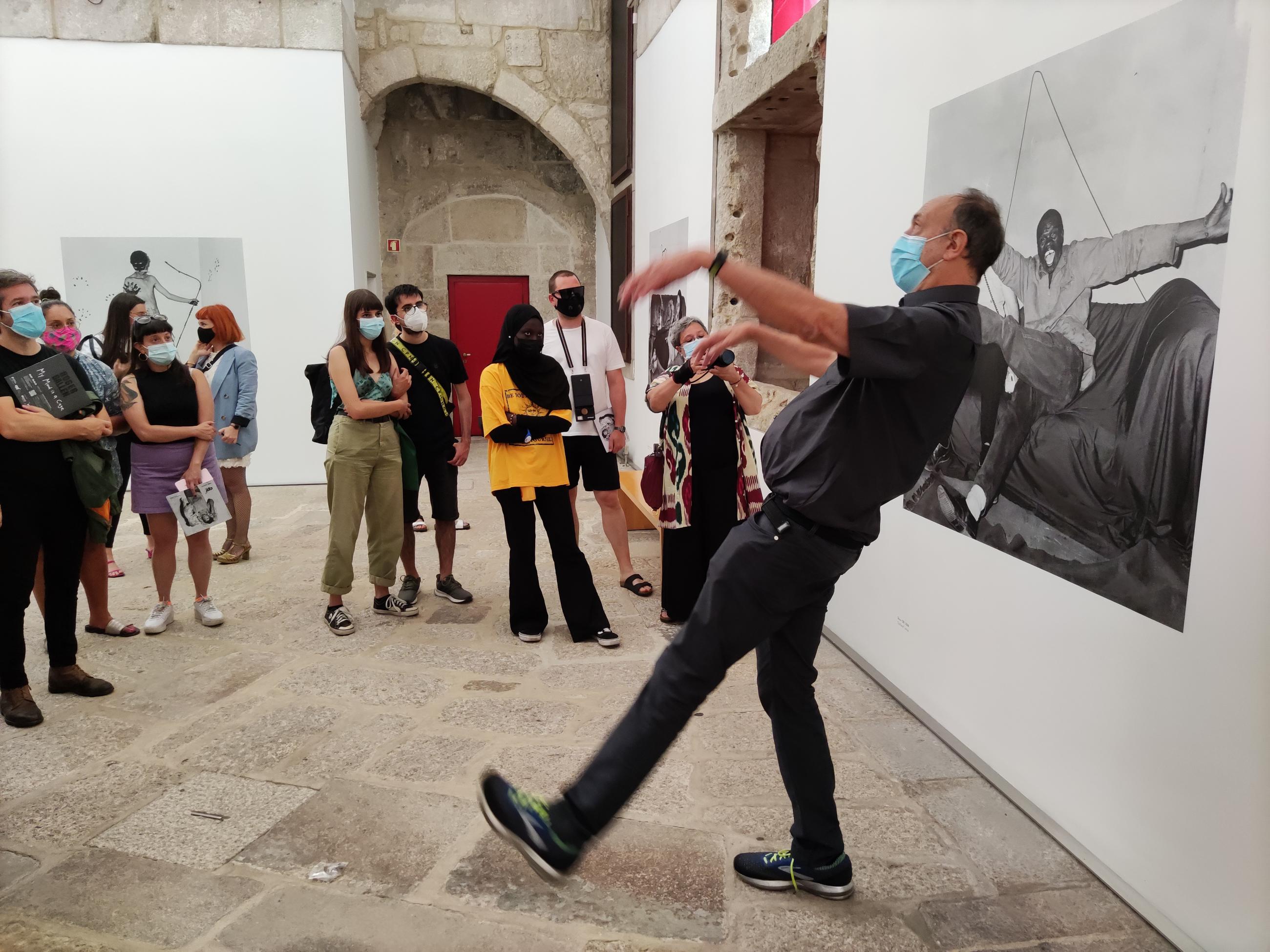
Photography has had to fight for its position within the art world, it has (and often still is, in certain spheres) seen as a lower art form. Why does art have this hierarchy, do you think? Or do you think photography should stand apart from other art forms?
Since the day photography was invented, it has had an anti-elitist streak as it is seen as a form of technology and support. No matter how much emphasis is placed on the artistic nature of photography, it is still an important medium for visual communication that has been used in a wide range of disciplines for a long period of time. In this sense, photography is supporting and expanding our lives at all levels and remains the best-placed language to record all the turns that remind us that the world is in permanent change.
What experience, expertise and skills will you draw upon when judging this year’s submissions?
Through my experience as an artist, curator and teacher based in Portugal and Brazil, I have been engaged in collaborative and creative methods to construct, analyse, and refine narratives across multiple platforms. I’ve guided and curated a series of artworks, exhibitions, and artistic interventions, with great impact for photographers. I‘ve built up a distinguished record of socially engaged photography practice and leadership, contributing to consolidate an international network of artistic and academic groups. During this edition of the Sony World Photography Awards, I expect to enrich and contribute to the judging process with my experience and, at same time, discover and open new possibilities for photographers.
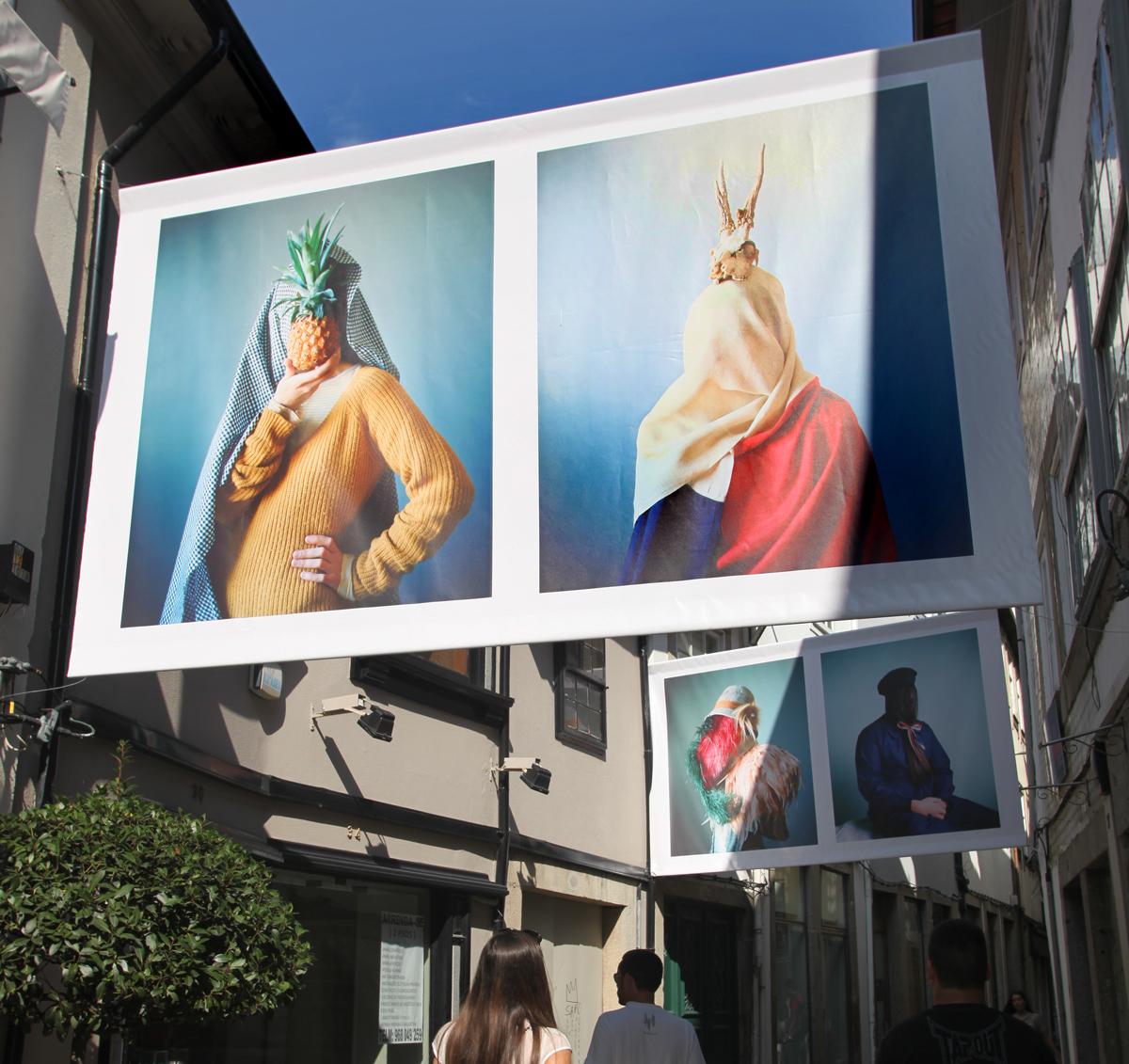
Why should a photographer enter the Sony World Photography Awards?
The Sony World Photography Awards is an excellent channel for discovery, dissemination and circulation of works. It's also a very dynamic place to connect with other artists. It is an excellent way to give projects visibility.
The photographic language has faced numerous challenges, and, consequently, authors are challenged to think and reveal their narratives and creative processes in new ways. Putting together a selection of imagens or portfolio is like a puzzle: the work of the photographer must reflect the authenticity of the creative process and, at the same time, allow the viewer to reflect and interrogate the story behind the picture.
Why are competitions like the Sony World Photography Awards key for the development of the photographic medium?
The Sony World Photography Awards is a place to discover and support talented artists and encourage them to explore the language of photography. I believe this edition will bring a strong creative force.
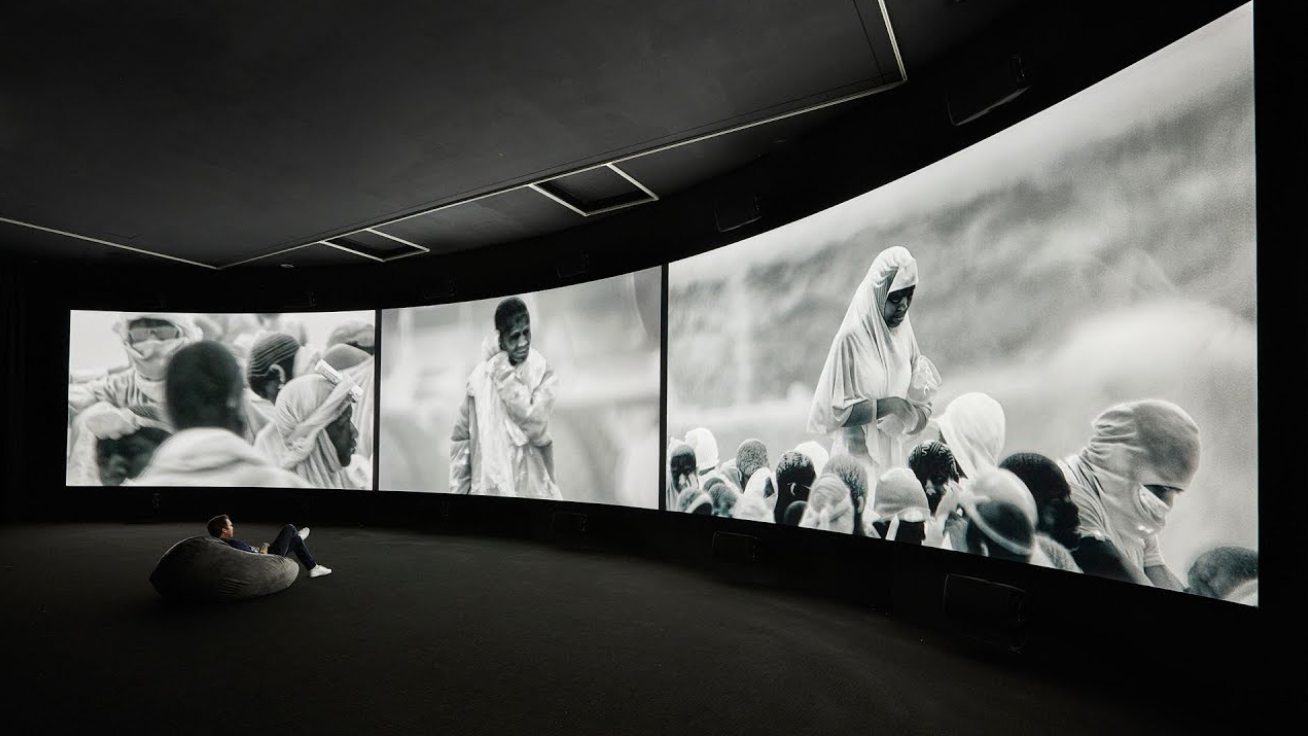
What do you hope to see from the entries submitted to the Sony World Photography Awards Professional competition?
I am looking forward to discovering vivid story-telling, created with multiple layers to visualise the subject matter. I am also interested in seeing lens-based media, photography and photo essays as well as artists working on the intersection of photography and other media. I am very curious to see how photographers are using hybrid combinations of old techniques and digital processes.
ENTER THE PROFESSIONAL COMPETITION NOW!






